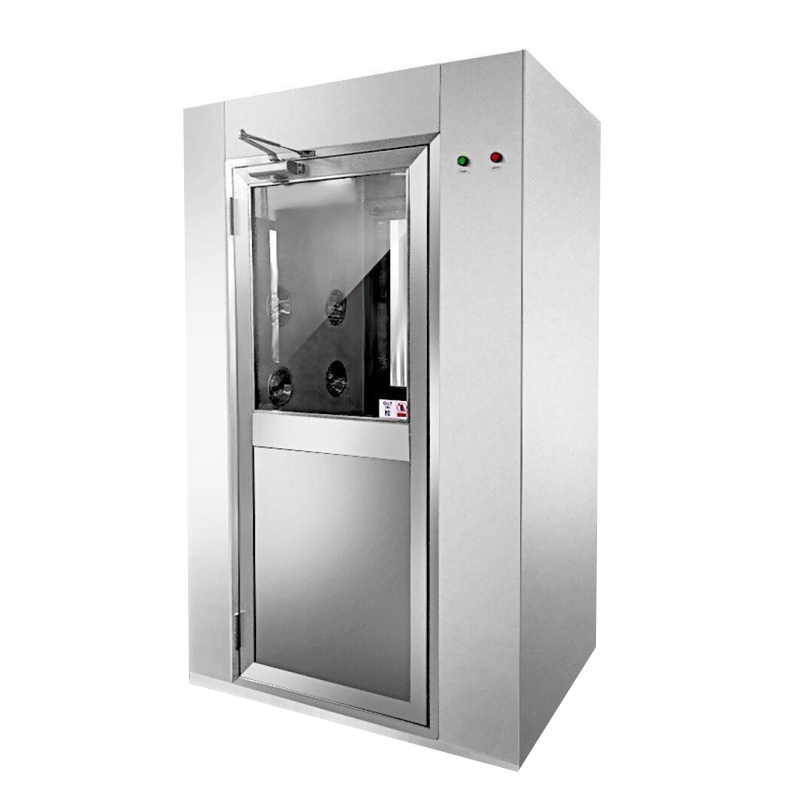

A cleanroom is a highly sterilised environment used in […]
A cleanroom is a highly sterilised environment used in the pharmaceutical and food industries, as well as electronic device manufacturing. It filters air to remove microscopic particles that can damage or contaminate the products being worked on.
A Clean Room is a special environment that will work to control the amount of dust particles and other contaminants. This will help to protect the products and materials being produced in the room as well as increase the overall production yield. These types of environments are usually found in industries such as manufacturing, semi conductor, pharmaceutical and university labs.
In order to stay compliant with the ISO rating, there are several requirements that must be met. This includes only using approved gloves, clothing and equipment that is properly wiped down before being used in the room. Personal items like bags, purses and jewelry are also not allowed in the room to prevent contamination. The facility must also abide by cGMP regulations regarding biological products.

A Clean Room is a high-tech production area used for manufacturing and other processes where strict rules about contamination need to be followed.
The air in a cleanroom is filtered, and it is maintained at a higher pressure than atmospheric pressure to keep contaminants from escaping. Cleanrooms also have a variety of mechanisms to remove contamination from individuals entering or leaving the environment, such as airlocks and air showers.
In order to meet cleanroom standards, everything that is used in a cleanroom must be cleaned and sanitized on a regular basis. This includes all clothing, equipment and tools. It is essential to follow the rules and protocols for a cleanroom, or a company could lose its classification. This means even supplies such as bottled water have to be cleaned before they can be brought into the environment. Typically, companies that need to meet strict cleanroom standards invest in their own customized cleanrooms.
Maintaining safety in a cleanroom environment requires high standards, training, and inspection. However, it is important to keep in mind that there are hidden dangers in cleanrooms that can cause contamination and even harm staff members.
For example, communication devices like walkie-talkies, cellphones and pagers can release particles into the air. Also, talking can result in the release of saliva particles. In addition, some chemicals and solvents are harmful to the skin and should be used in a controlled way.
Lastly, fire is another major risk in clean rooms. Due to the fast air velocities and continuous air flows, cleanrooms can be difficult to protect from fire. For this reason, many facilities install systems that have special detection and suppression capabilities, as well as a wide range of inert gas extinguishers. The inert gases will not damage or contaminate equipment or products, making them ideal for use in a cleanroom environment. However, fires can still occur, causing damage and disruptions to production.
Using the right cleanroom for the job can drastically cut down on production time, improve quality and help to create a safer product. This is why the electronic, high-tech, semiconductor, aerospace and medical industries rely on cleanroom technology for their manufacturing processes.
To keep the air in a cleanroom clean, ambient air is filtered through High Efficiency Particulate Air (HEPA) or Ultra Low Penetration Air (ULPA) filters. These filters remove all airborne particles and pollutants from the outside air, and clean air is then introduced to the room through fans. These same fans then draw contaminated air out of the room, sending it to exhaust or for recirculation, depending on the needs of the application.
Our new models offer superb design;competitive prices and their new features give them distinct advantages over similar products from other manufacturers.